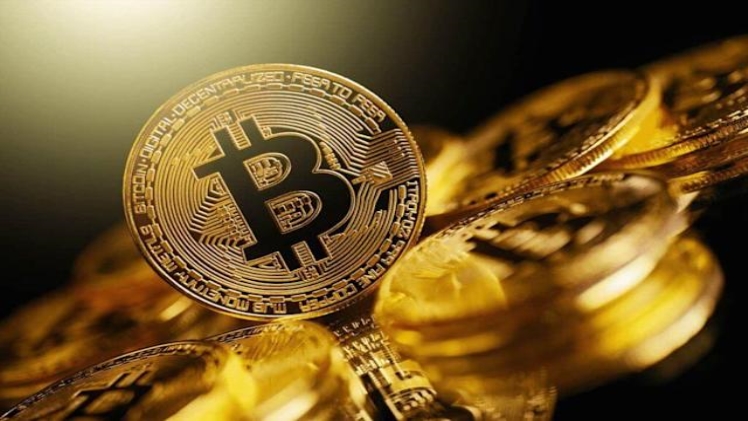Over the years Bitcoin has become a household name. Although cryptocurrency has been around for a long time, the details of the crypto world are still relatively unknown. For instance, we know the basics of Bitcoin (BTC to INR) but do we know how it works exactly? Who mines the coins and how is it done? How many coins can be mined? What exactly is bitcoin halving? Let’s answer all these questions today.
How Are Bitcoins Mined?
To understand what bitcoin halving is, we must first understand how the coins are mined. Bitcoin mining occurs when people use their computers to participate in Bitcoin’s blockchain network as a transaction processor and validator. Bitcoin employs a technique known as proof of work (PoW). This means that in order to be rewarded, miners must show that they have put out effort in processing transactions. This overall effort includes the time and energy spent to run the computer hardware and solve complicated equations. The term “mine” in this sense refers to the process of acquiring precious metals rather than the actual act of mining itself. Bitcoin miners are in charge of overcoming mathematical challenges and validating transactions on the Bitcoin network. They then combine these transactions into blocks and create chains of blocks of transactions, which is how the blockchain is produced. When a block has been entirely filled with transactions, the bitcoins earned by the miners who processed and confirmed the transactions in the block are given to the miners. Transactions with a larger monetary value require extra confirmations to ensure security.
How Does Bitcoin Halving Actually Work?
Every 10 minutes, a new Bitcoin is generated by the Bitcoin network. Every 10 minutes over the first four years of Bitcoin’s existence, 50 new bitcoins were created and released into the system. Every four years, this number is reduced by half. If you split a sum of money in half, this is referred to as “halving”. Basically, while Bitcoins are issued in short intervals, the frequency of issuing them reduces significantly over time. Bitcoins were issued every 10 minutes in 2012, however the quantity of new bitcoins released reduced to 25 in 2013. In 2016, it declined even lower, from 25 to 12.5. Additionally, the incentive was dropped from 12.5 per block in 2016 to 6.25 per block in the most recent halving, which took place on May 11, 2020, when the payment was cut by half. In addition to the 2024 halving, the reward will be further cut from 6.25 BTC to 3.125 BTC in 2025. When the reward for mining Bitcoin transactions is cut in half, this is referred to as a Bitcoin halving event. This occurrence also slows Bitcoin inflation and the rate at which new bitcoins enter the system by half. Previous price halvings have been accompanied with severe boom and bust cycles, resulting in higher prices than before.
How Does Bitcoin Halving Affect Its Price?
Investors and traders in Bitcoin should be warned that halving (cutting a currency or token in half) usually results in extreme volatility and turmoil. Other cryptocurrencies like Ethereum, Ripple (XRP price in INR), Dogecoin, etc are also affected due to mining events like this. Even though these halving occurrences have historically led to major price movements, it is wise to plan ahead of time. The price of Bitcoin has climbed gradually and considerably since its introduction in 2009, when it was worth cents or dollars, to its peak in April 2021, when it was worth over $63,000. The gains that Bitcoin has made in the past couple of months have been huge. Miners’ (or bitcoin producers’) block reward being practically doubled, it is required to positively affect price as well. Miners incur a cost, thus they boost the price of their bitcoins for sale to counteract it. Experiments reveal that the price of bitcoin rises months before a Bitcoin halving event, which is another pattern investors must be aware of. In the cryptocurrency’s network, the halving of bitcoin prices results in synthetic price inflation, and the pace at which new bitcoins are brought into circulation is reduced by half. According to current estimates, the rewards system will continue until the year 2140, when the intended 21 million bitcoin maximum would be achieved. Following that, miners will be compensated with fees for processing transactions.

